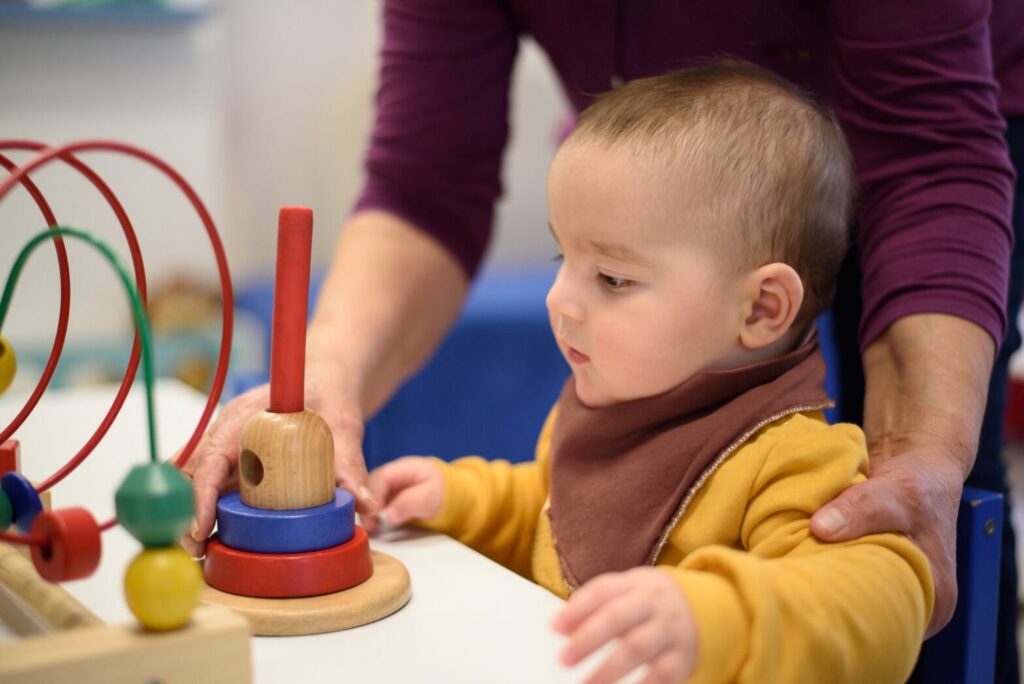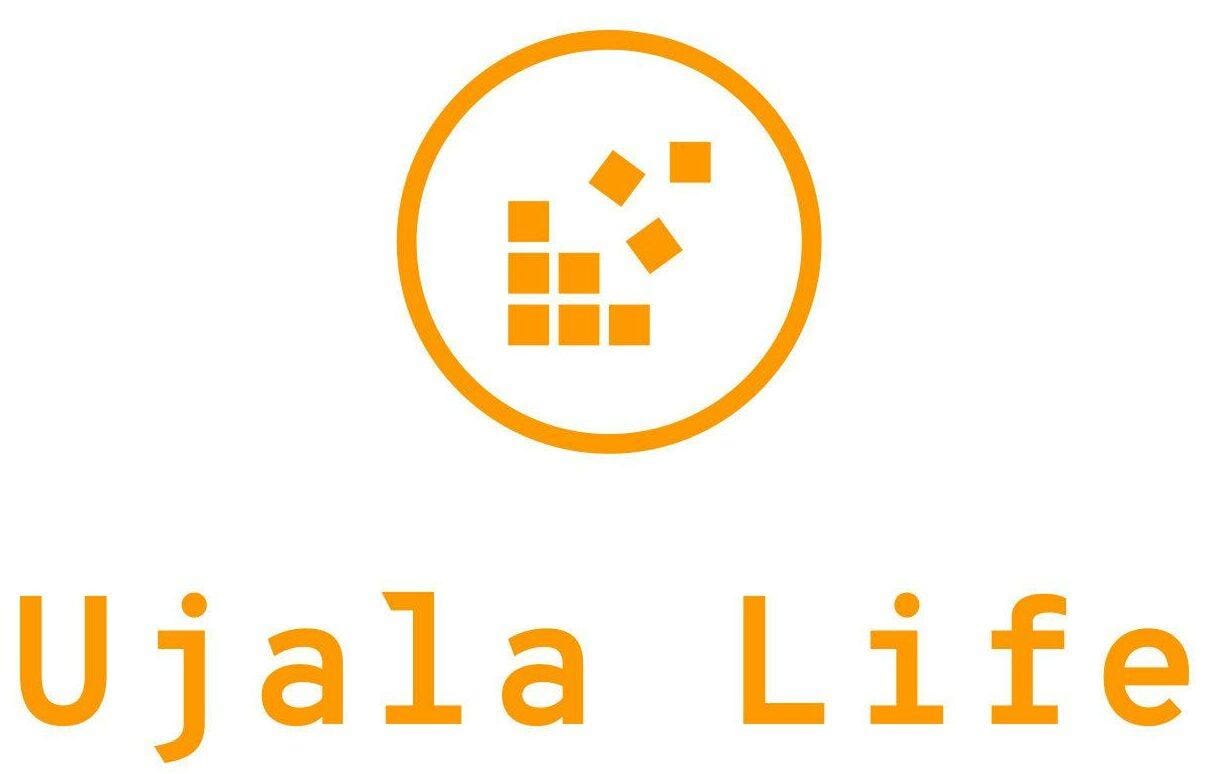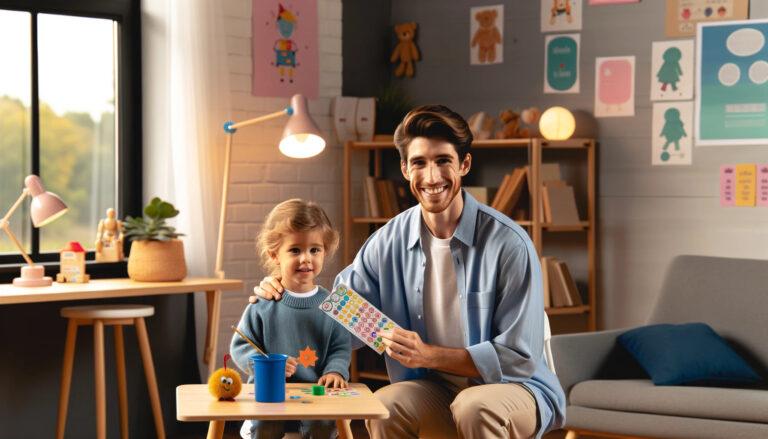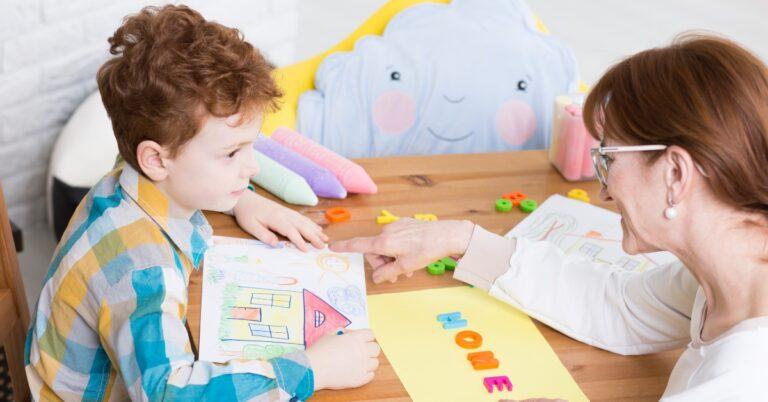3 Common Misconceptions About ABA: Debunked for Clarity
Common Misconceptions occur everywhere, including therapy. Parents always want what is best for their children and navigating therapy solutions can be overwhelming at times. There are many different opinions about Applied Behavior Analysis, which can cause feelings of suspicion or being unsure. It is important to separate fact from fear.
ABA Common Misconceptions:
There are many different misconceptions about ABA including the following:
- “ABA is Just for Kids with Autism” – Think Again
Applied Behavior Analysis is a science of behavior change, not a therapy for a specific diagnosis. ABA has become one of the most widely used therapies for those with Autism. Nonetheless, it was not created for this purpose. The principle of ABA is used in many different areas, even in professional sports.
- “ABA is All About Rewards and Punishments” – What it Really Involves
Many believe that ABA is solely a system of rewards (stickers or snacks). Others think it involves punishments (timeout or withholding privileges). This thinking is outdated. ABA is actually the identifying purpose of behavior or why someone does something. ABA isn’t about rewarding kids for being “good” or punishing them for being “bad.” It’s about understanding behavior, supporting learning, and helping people thrive on their own terms. When done well, ABA is less about control—and more about connection.
- “ABA is Cold and Robotic” – Humanizing the Practice
ABA. For some, the word brings to mind sterile rooms, therapists with clipboards. They think of kids being told to “touch their nose” over and over again. It’s no wonder that many parents or professionals worry that ABA is cold, robotic, or even dehumanizing. But here’s what often gets missed: when practiced ethically and compassionately, ABA is anything but robotic—it’s deeply human. ABA, when done right, is anything but robotic. It’s human-centered, flexible, and rooted in compassion. Behind every data point is a real person. The goal is always to help that person live more freely. The aim is to promote joy and authenticity in their life.
Breaking Down Misunderstood Terms:
Many find themselves needing clarification during ABA meetings due to the specialized vocabulary used. Terms like reinforcement, extinction, and behavior carry specific meanings within Applied Behavior Analysis that can differ from regular usage. To promote understanding and confidence, let’s clarify some ABA terms.
- Decoding ABA Jargon: What “Reinforcement” and “Extinction” Actually Mean
- Reinforcement does not mean bribery or rewards for being good. It is simply a consequence that makes a behavior happen again. It is also not manipulation, it’s learning through outcomes.
- Extinction doesn’t mean ignoring someone completely or punishment. Extinction means that a formerly used reinforced behavior does not get the same result today, so it will eventually decrease.
- What Does Behavior Mean in ABA? Spoiler It’s Not Just “Bad Behavior”
In ABA behavior means anything that a person does that can be seen or measured. It’s not just bad behavior, it can be writing, reading, speaking, smiling, or even asking for help. When there is understanding that there is no “bad” or “good” behavior it can help shift from blame to support. ABA focuses on the role of behavior, not just stopping it but helping to understand and replace when needed.
For Parents and Educators:
There are many ways of ABA and how it can be implemented even in the home setting.
- Why ABA Isn’t a One Size Fits All Model
ABA starts with an assessment not an assumption. This helps to develop an individualized plan for each child. This can include where they are developmentally, their communication style, cultural values, or even family priorities for their therapy plan. When the plan is individualized it also helps to create a sense of welcoming for the parents and their feedback. The best ABA plan is one that is solely for your child or family.
- What To Look For in a Good ABA Provider
Choosing any therapy provider can be overwhelming. Choosing one for your child can be even more so. How a provider treats your child, family, and the goals you are working towards matters. Some signs of a good provider include:
- Individualized programming
- Respect for the learner’s preferences
- Regular family collaboration and training
- Use of positive reinforcement
- Clear, measurable goals
There can also be some red flags to watch out for:
- One size fits all programs
- Lack of parent involvement
- Disregard for child distress or emotional regulation
A good provider doesn’t just track data, they interpret and adapt the data to the individualized needs.
Conclusion: Centering People, Not Just Programs
Whether you are a parent, educator, or advocate, understanding ABA is more than just what is on the surface. It’s not about rigid programs or rules, it’s about the individual needs of the child and family. At Ujala Life we focus on the individual learner and implement a specific program for just them. Our RBTs and BCBAs tailor each program to the child’s developmental age and needs. We are here to help support you and your child in every way possible. With the right provider and a collaborative approach ABA becomes more than just therapy, it becomes a way of life.








